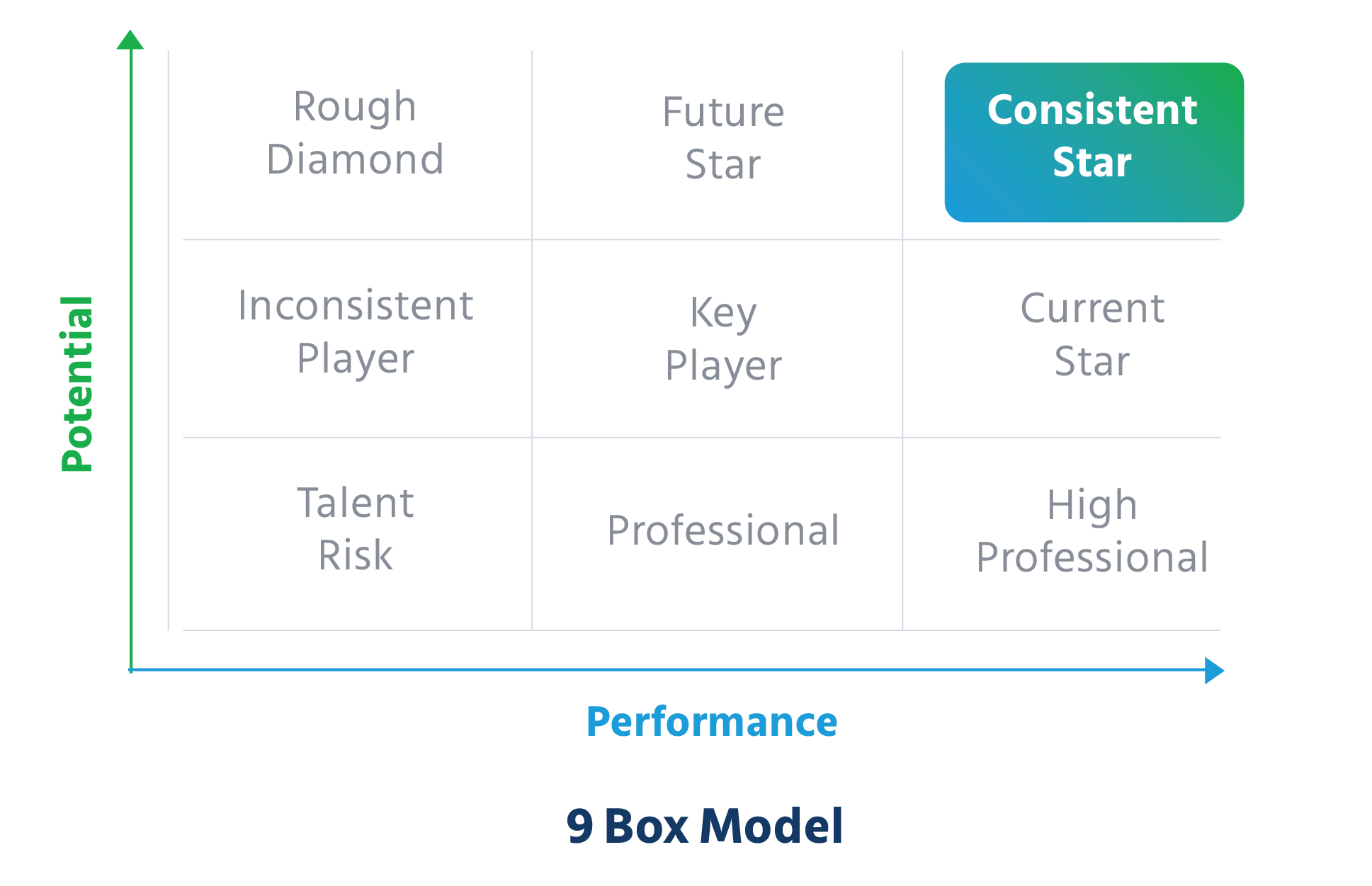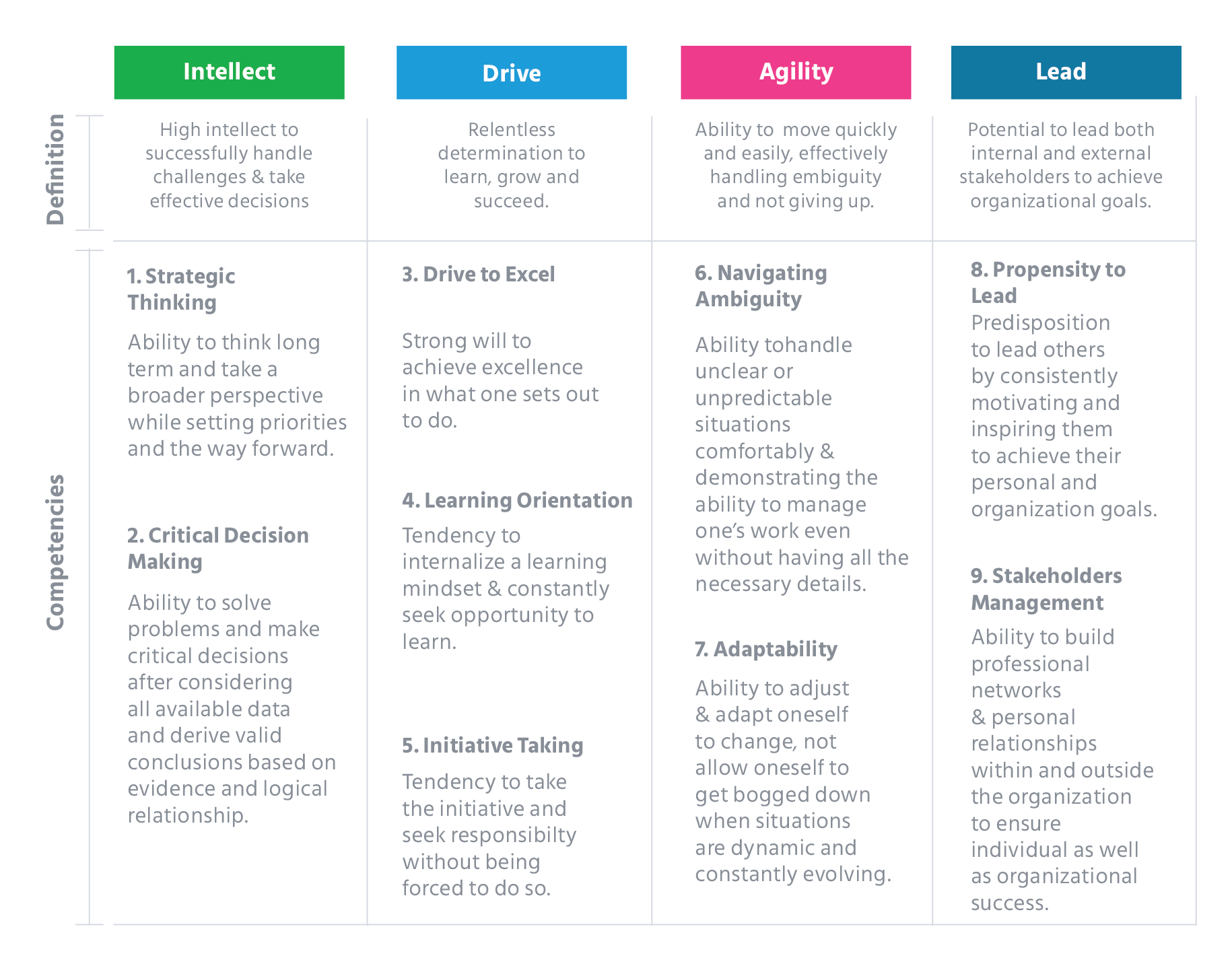Regularly assessing your internal talent pool is critical for better people management. While some people may argue that new talent can be recruited for the same position for which an existing employee can be trained, it often comes with the caveat that a recruit would take more time to attune to the needs of the business, before he/she can be productive. From an organizational perspective, recruitment is always more expensive than development.
HiPo Identification, Succession Planning, Leadership Development, and Training Needs Identification go hand-in-hand with the broader construct of future readiness. While the objectives may differ based on the organizational requirement at a given time, all of them stem from the same need, which is the identification of a talent pool and deployment of developmental interventions to ensure organizational success in the longer run.
HiPo employees prefer to be challenged at the workplace and are often aware that they are outperforming their peers. Often, acknowledging their contribution, by providing them better learning opportunities, promoting or appraising them, placing them in strategic or more challenging roles, training them to be future leaders, etc., can help retain these individuals.
High-potentials make sizable contributions to the present and future success of the organization. Therefore, organizations must ensure that they nurture and utilize this talent pool appropriately.
i) To Build a High-Potential Talent Pool
Investing in your HiPo employees can help you build a talent pipeline when faced with a loss of talent owing to attrition, retirement, or any such issues. HiPo identification can be done on a need basis to fill a critical business position, create a new business unit or team, consider employees for leadership pipeline, or carry out succession planning.
ii) To Develop High-Potential Employees
Identifying high-potential employees provides organizations with the opportunity to develop them through advanced developmental programs to prepare them for future roles, expose them to better opportunities, put them on fast-track training programs, or assign them to special assignments that provide advanced growth opportunities.
iii) To Retain High-Potential Employees









 Behavioral Competencies
Behavioral Competencies Cognitive Competencies
Cognitive Competencies Coding Competencies
Coding Competencies Domain Competencies
Domain Competencies































